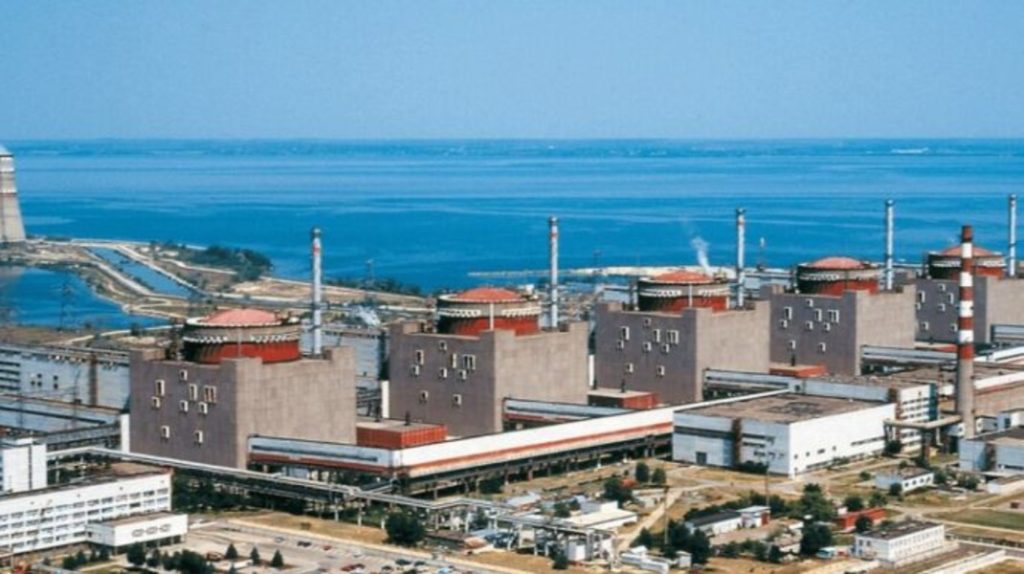The UN General Assembly resolution «Protection and Safety of Nuclear Facilities in Ukraine, including the Zaporizhzhia NPP» is a testament to the global community’s responsible approach to current challenges and risks posed by Russia on both regional and global levels. This is another resolution supporting Ukraine in its fight against Russian aggression, affirming the correctness of the UN’s decision.
This resolution results from a new awareness of the safety level for the civilian population and the international community’s aspiration for resilience. The war in Ukraine has shaped an understanding of new security dimensions, forming the basis for regional community strategies, particularly the Euro-Atlantic one. The adoption of the resolution demonstrated that Global South countries are showing resilience against Russian manipulations and critically assessing Russia’s ambitions and claims to dominate in a «polycentric world.»
Russia uses the nuclear theme for blackmail and pressure on both «unfriendly countries» and its allies and satellites. The influence on Global South countries and the presidency in the UN Security Council allows Russia to push its version of the resolution, which could disrupt the balance of nuclear forces in the world and use peaceful nuclear facilities in geopolitical conflicts. The Russian version of the resolution would open the way for state corporation «Rosatom» to dominate the nuclear construction and operation market, turning it into a geopolitical weapon of the Kremlin, similar to «Gazprom.»
The adoption of the Ukrainian version of the resolution indicates the viability of President Volodymyr Zelensky’s Peace Formula. This provision has received support from many countries, and other initiatives within the Peace Formula, mainly on food security, also have a chance for favorable international reception. The resolution condemns Russian aggression against Ukraine and calls for the withdrawal of Russian troops, particularly from the Zaporizhzhia NPP. The approval of the resolution by 99 countries against 9 demonstrates an understanding of the threats posed by the war in Ukraine and highlights the maturity and responsibility of the global community in contrast to the aggressive policies of the Russian Federation.
Ukraine has set an example of a civilized approach to resolving complex issues by relying on legal mechanisms to ensure nuclear safety and returning nuclear facilities to the legal framework. In contrast, Russia seeks to use the nuclear sphere for blackmail and pressure on the international community, including threatening to review its nuclear doctrine and helping odious regimes develop their nuclear programs. The capture and occupation of the Zaporizhzhia NPP, mistreatment, and pressure on its staff, the placement of military equipment on its territory, and the disregard for international resolutions and IAEA directives highlight the urgent need to return the plant under Ukrainian jurisdiction.
Restoring the legitimate status of the Zaporizhzhia NPP and returning it to the Ukrainian legal framework is a guarantee of stable and safe operation of this high-risk facility. The five safety principles for the Zaporizhzhia NPP presented to the UN Security Council by IAEA Director General Rafael Grossi in 2023 must be implemented: the plant must be de-occupied and returned to Ukraine, nuclear facilities must not be used as weapons in conflicts and wars, Ukraine, Europe, and the world should not become hostages of Russia’s aggressive and irresponsible attitude towards nuclear safety, the Zaporizhzhia NPP must remain under full sovereign control of Ukraine, and any use of nuclear energy must be safe, secure, and reliably protected.
The adoption of the UN General Assembly resolution is evidence of the international community’s responsible attitude towards nuclear safety issues. The Ukrainian initiative regarding the Peace Formula has gained support, demonstrating that the global community is ready to counter Russia’s aggressive policies and ensure the stable and safe operation of nuclear facilities.

